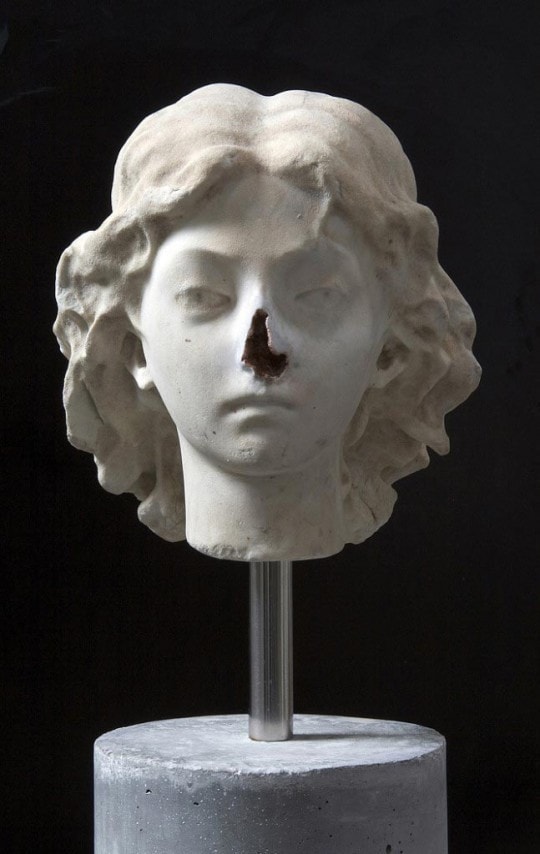

The cookie is used to store the user consent for the cookies in the category "Other.

This cookie is set by GDPR Cookie Consent plugin.

The cookies is used to store the user consent for the cookies in the category "Necessary".

The cookie is set by GDPR cookie consent to record the user consent for the cookies in the category "Functional". The cookie is used to store the user consent for the cookies in the category "Analytics". Set by the GDPR Cookie Consent plugin, this cookie is used to record the user consent for the cookies in the "Advertisement" category. This cookie is set as default session Cookie name in config.php in config folder in CodeIgniter. These cookies ensure basic functionalities and security features of the website, anonymously. Necessary cookies are absolutely essential for the website to function properly. Mikhael Subotzky and Patrick Waterhouse.Yet, through this destructive deconstruction, his compositions have an eery sense of beauty and elegance. Samori’s methodology is one that intertwines both violence and romance, which make his paintings all the more painful: He distorts them, smears them with his hand, disfigures hem with the palette knife, paints them over, or like a torturer removes the half-dry skin of the uppermost layer of paint with a scalpel. With the highest degree of precession, his figures emerge from the darkness of pictorial space into the light with dramatic realism. The thirty-five year old’s style is derived from the classical paintings of early renaissance masters. The paintings of Italian artist, Nicola Samori, are full of sensuous energy. The artist displays the highest technical skill in his oil paintings in the portions of the work that he doesn’t deface. Rather than the work being simply the world inside the paint– the surface paint itself becomes part of the story as it displays the ruin of the image– melting off the canvas or being smeared. I love this contemporary twist on representational art. Through melting, scratching, or other forms of destruction Samori degenerates what could otherwise be conceivably a Rembrandt or Caravaggio. Nicola Samori paints renaissance-style paintings with a contemporary twist: portions of the images are disfigured. Examples of such associations are Raphael’s “Transfiguration”, Jean-Martin Charcot, who “invented” the medical diagnosis of hysteria in his hospital in Paris in the late 19th Century, and Efisio Marini, an Italian scientist and physician who created rather unconventional sculptures from preserved corpses. In his new paintings and sculptures he references art historical and biblical representations of ‘the healing of the possessed’. Nicola Samori examines the theme of obsession from a number of different perspectives: that of the human body, religion, science, and the obsession of the artist with his own work.


 0 kommentar(er)
0 kommentar(er)
